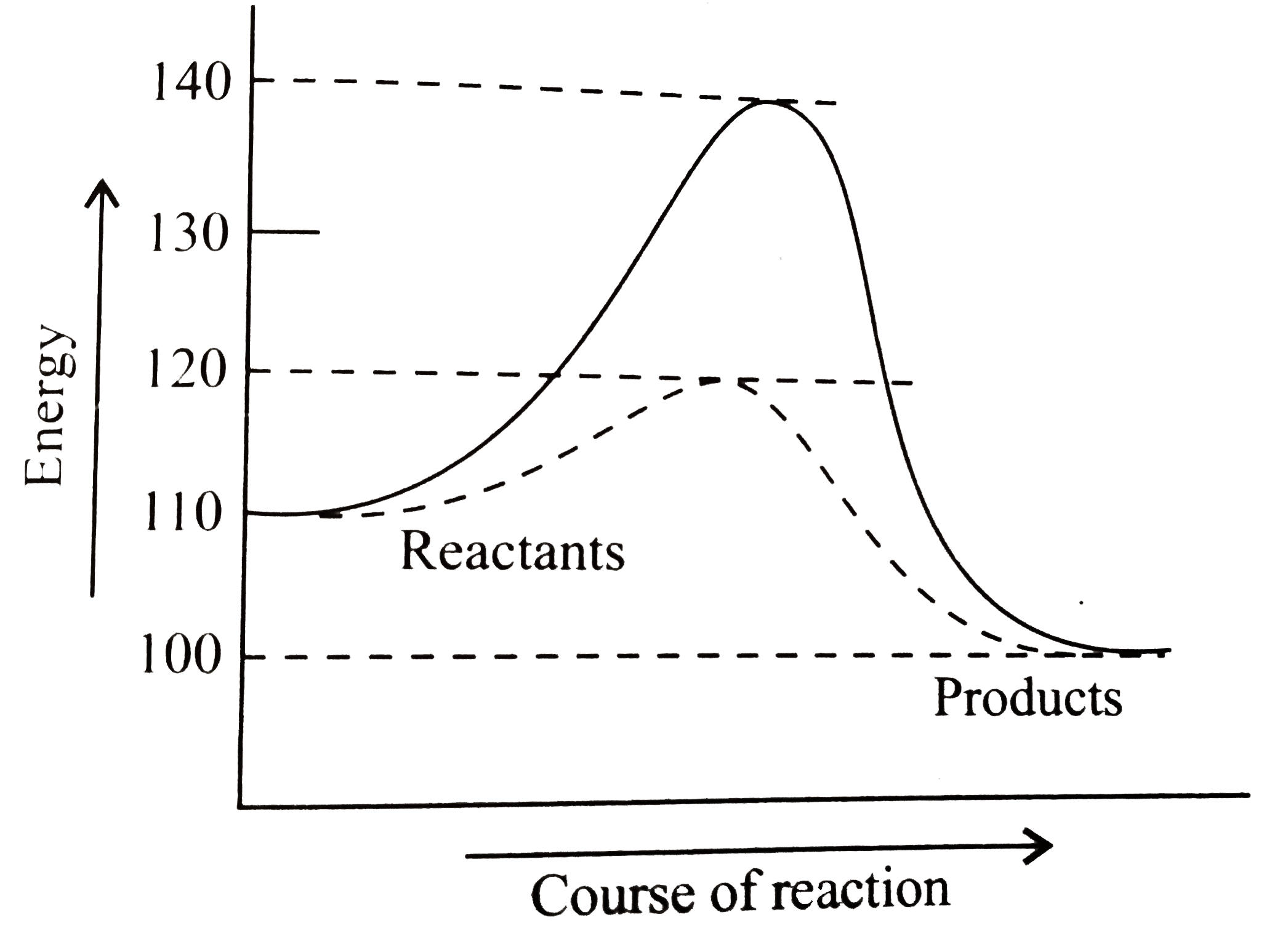In the presence of a catalyst, the heat evolved or absorbed during the reaction:
Increases
decreases
remains unchanged
may increase or decrease
The correct Answer is:C
Step by step video, text & image solution for In the presence of a catalyst, the heat evolved or absorbed during the reaction: by Chemistry experts to help you in doubts & scoring excellent marks in Class 12 exams.
Updated on:21/07/2023Topper's Solved these Questions
- CHEMICAL KINETICSBOOK - DINESH PUBLICATIONCHAPTER - CHEMICAL KINETICSEXERCISE - Multiple type questions
4 Videos
- CHEMICAL KINETICSBOOK - DINESH PUBLICATIONCHAPTER - CHEMICAL KINETICSEXERCISE - Assertion Reason type questions
5 Videos
- CHEMICAL KINETICSBOOK - DINESH PUBLICATIONCHAPTER - CHEMICAL KINETICSEXERCISE - Higher order thinking skills (hots) question
18 Videos
- CHEMICAL BONDING AND MOLECULAR STRUCTUREBOOK - DINESH PUBLICATIONCHAPTER - CHEMICAL BONDING AND MOLECULAR STRUCTUREEXERCISE - Unit Test - 1
20 Videos
- CHEMICAL THERMODYNAMICS AND CHEMICAL ENERGETICS BOOK - DINESH PUBLICATIONCHAPTER - CHEMICAL THERMODYNAMICS AND CHEMICAL ENERGETICS EXERCISE - Exercise
507 Videos
Similar Questions
Why does heat get released/ absorbed during chemical reactions?
View SolutionFrom the given figure:
i) Calculate ΔE for the reaction and energy of activation for the forward reaction and energy of activation for the backward reaction.
ii) The dotted curve is in the presence of a catalyst, what is the energy of activation for the two reactions in the presence of the catalyst?
iii) will the catalyst change the extent of the reaction?

View Solution
Knowledge Check
In the presence of a catalyst, the rate of a reaction grows to the extent of 105 times at 298K. Hence, the catalyst must have lowered Ea by
A25kJmol−1B20kJmol−1C10kJmol−1D28.5kJmol−1In the presence of catalyst, the activation energy of the reaction is lowered by 2 kcal at 27∘C. The rate of reaction will increased by
A2 timesB4 timesC28 timesD20 timesAssertion: A catalyst increases the rate of a reaction.
Reason: In presence of a catalyst, the activation energy of the reaction decreases.AIf both assertion and Reason are true and the Reason is the correct explanation of the assertion.BIf both assertion and Reason are true but the reason is not the correct explanation of the assertionCIf assertion is true but reason is falseDIf both assertion and reason are false.
Refer picture given below.
(a) Calculate ΔH for the reaction and the energy of activation for the forward reaction as well as backward reaction.
(b) The dotted curve is in the presence of a catalyst. What is the energy of activation for the two reactions in the presence of catalyst?
( c) Will the catalyst change the extent of reaction?

View SolutionAssertion: A catalyst increases the rate of a reaction.
Reason: In presence of a catalyst, the activation energy of the reaction decreases.
View SolutionIn the presence of catalyst, the activation energy of the reaction is lowered by 2 kcal at 27∘C. The rate of reaction will increased by
View Solution(A) A catalyst increases the rate of areaction.
(R)In presence of a catalyst, the activation energy of the reaction increases.
View SolutionHDP IS Formed in the presence of catalyst
View Solution